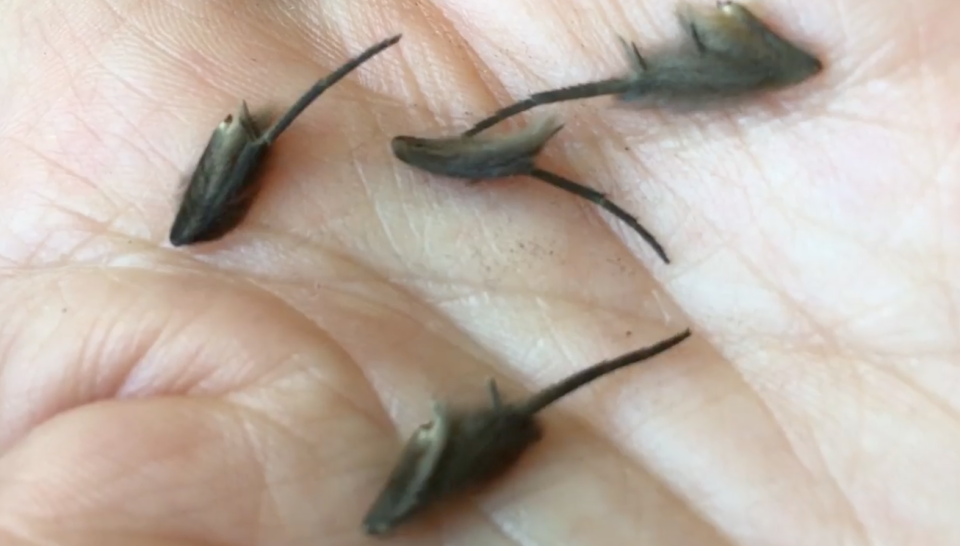Experts divided over 'alien-like' creatures found crawling on kitchen floor
A man is searching for answers after “alien-like” creatures were found on his mother’s kitchen floor.
Tim Clerke posted a video of the mysterious beings on Facebook in the hope of discovering what they really are.
“One is still alive,” he wrote.
The small creatures, discovered in a home in Auckland, New Zealand, appear to have slightly furry bodies with a straight tail. Some suggested they looked like baby rats or miniature bats.

“That is like a horror movie,” one commented.
“There’s not enough fly spray in the world to get rid of that,” another said.
Some believed the creatures resembled stingrays and the mystery has even left scientists baffled.
Experts contacted by Yahoo7 News at University of Sydney and the Australian Museum could not identify the creature while those in New Zealand had differing opinions.
The Biosecurity New Zealand entomology team determined the video showed detached legs from a large moth.
“They suggest that something (possibly a cat) had just recently eaten the body of the moth, which may explain why a few of the legs were still twitching,” a Biosecurity spokesperson said.
However the Department of Conservation in New Zealand has other ideas.
Insect subject-matter expert Eric Edwards wasn’t entirely sure but said it appeared to be hoverfly larvae, also known as rat-tailed maggots.

Rat-tailed maggots were also discovered in Australia last month after Guy Shlomi spotted the creatures at Victoria’s Lake Bolac, 90km west of Ballarat.
Rat-tailed maggots are often found in damp conditions such as drains or toilets before moving to drier locations to pupate. They can grow up to 15cm in length including their tails, while most are around 2-3cm.



